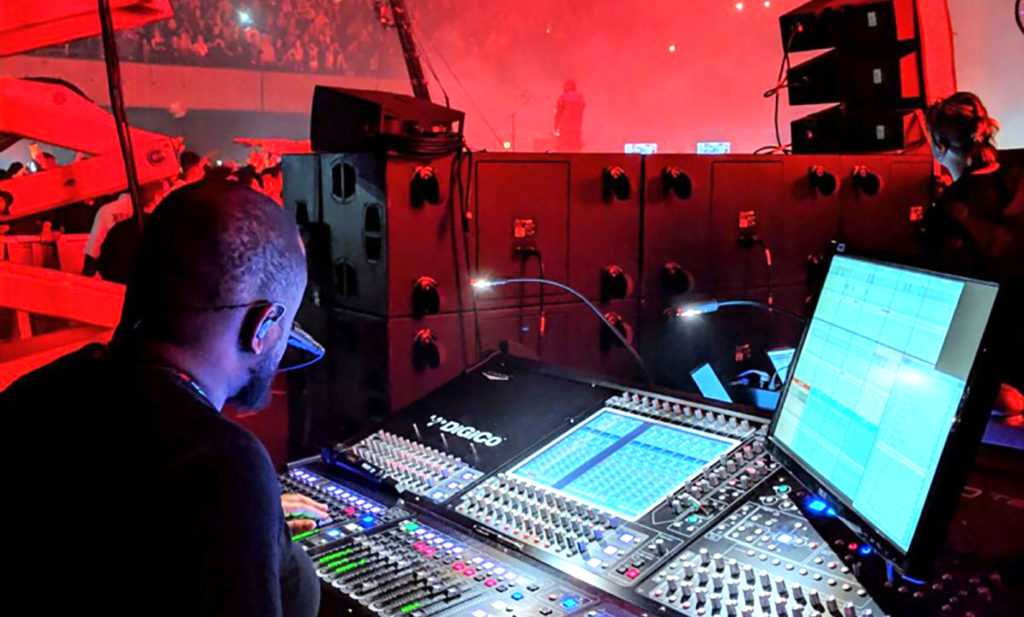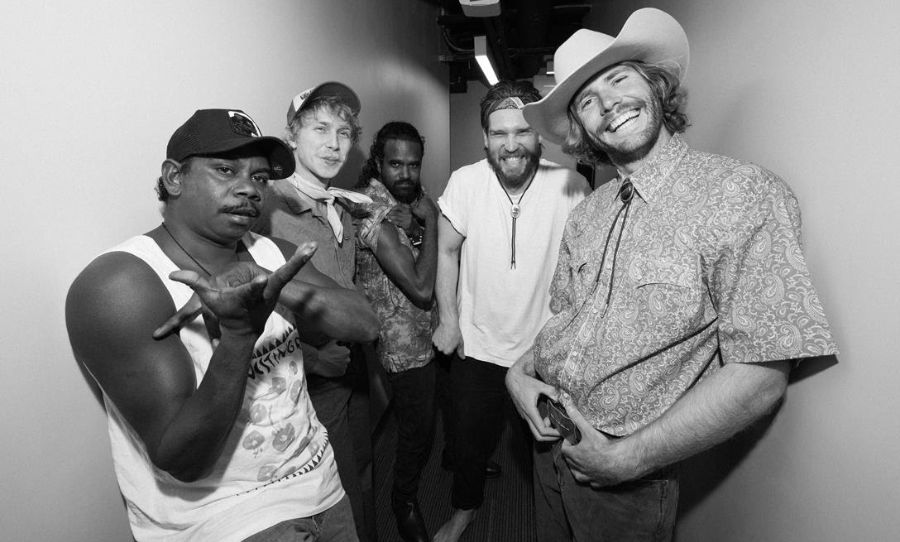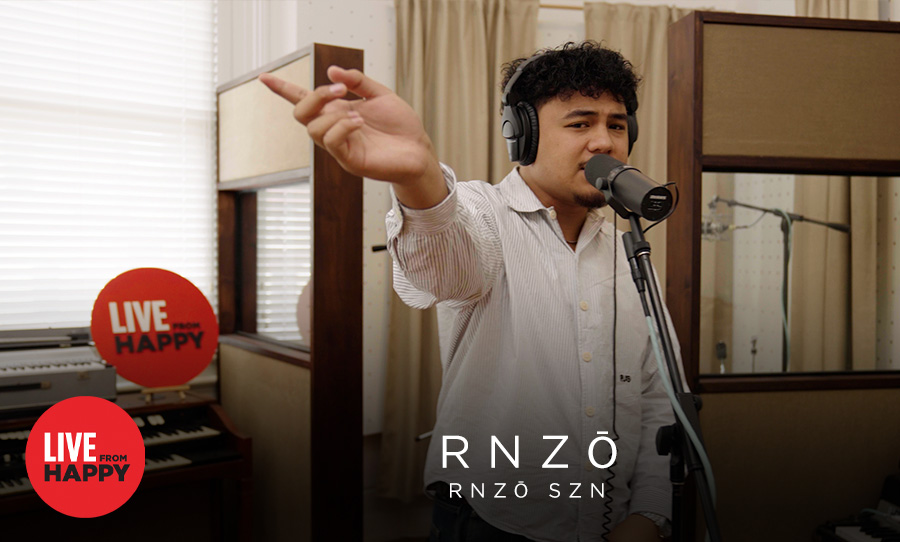Not many brands can bust into a market and create an industry standard. DiGiCo did just that and continues to do so.
Whether you’re at an arena show, festival, or a respected venue, chances are they’re stocking DiGiCo. Countless artists and touring teams, ask for a DiGiCo console out the front, and for good reason. Since 2002 DiGiCo’s focus has been on manufacturing live sound consoles for the event production industry, bringing precision, finesse, and flexibility to your fingertips.
The days of hauling around heavy analog consoles and the bits needed to make them work are coming to a close. Heavy analog multicores have been replaced with ethernet cables and fibreoptics. Racks of effects and processing, replaced with onboard digital-signal-processing. Older touring standard consoles like the Midas XL4 have become a luxury that most touring teams can’t be bothered with. Breaking through at just the right time, let’s look at why DiGiCo excelled when others didn’t.
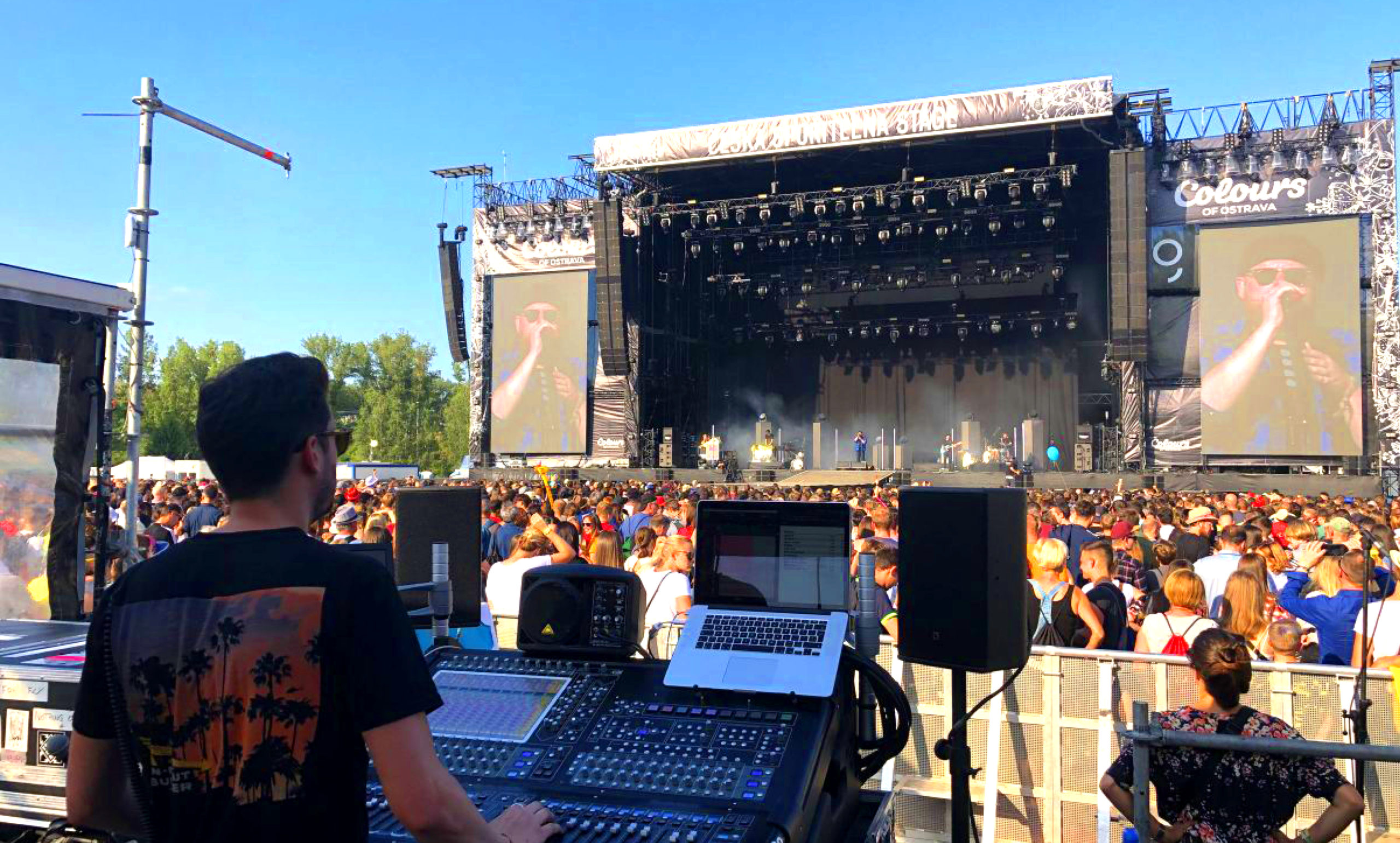
Before the revolution
The hassle of analog audio wasn’t truly understood prior to the digital revolution because put simply, there wasn’t any other way of getting the job done. A console needed to be bulky to cover everything a touring team would need from event to event. Taking an XL4 on tour was like taking an SSL G Series with you, it was heavy and needed a lot of space.
Along with a top-shelf analog console for your tip-top tour, you probably wanted to be able to process audio appropriately. That meant if you wanted to put compressors over 20 channels, you needed to bring 20 outboard compressor units with you. This along with whatever other FX you wanted to use, added up quickly to create cumbersome racks.
Once you had your fully sick mix, or mix’s, unless you had a monstrous digital console like the Yamaha PM1D, outputs were an unfortunate limitation. The I/O settings of analog consoles were fairly simple and not customisable, even at purchase. If something changed mid-tour and you needed a different I/O, you had to either scramble a new solution or worse, make an excuse.
The D5
The goal: create an open-ended digital live mixing system, and the result was revolutionary. Since the introduction of the D5, DiGiCo brought to the world a quality digital product with a compact size and on-board processing like nothing else on the market. With an impressive possibility of a 128-channel workspace, as well as running at 96kHz, it set a new standard in what was possible on the road.
It came with the ability to customise the I/O capabilities to suit clients and even per tour needs, with interchangeable cards in the back of its stage box. The cards available were XLR mic/line inputs of 8, TDIF, ADAT, and AES/EBU options. Fibreoptic cables were used to get to and from the stage box called a Digirack — it had a total length of 150m and weighs a fraction of its predecessor the analog multicore.
DiGiCo consoles have seen large-scale tours through arenas, festivals, from Prince to Judas Priest, Avril Lavigne to Keith Urban. Artists grew and their needs changed and it became a no-brainer solution as tours at the time often stopped at clubs and pubs. The world needed an audio console that was equipped with a better arsenal for the digital age.

Viva la revolution
The D5 was succeeded by the SD7 as the flagship console and stayed this way for many years until the recent release of the Quantum series. DiGiCo built upon the same idea of creating a powerful DSP engine and created the rest of the console around that.
The SD7 saw the introduction of Stealth Digital Processing, new TigerSHARC DSP microprocessors for effects processing and control. As a result, audio engines could fit on a single PCB and be incredibly powerful.
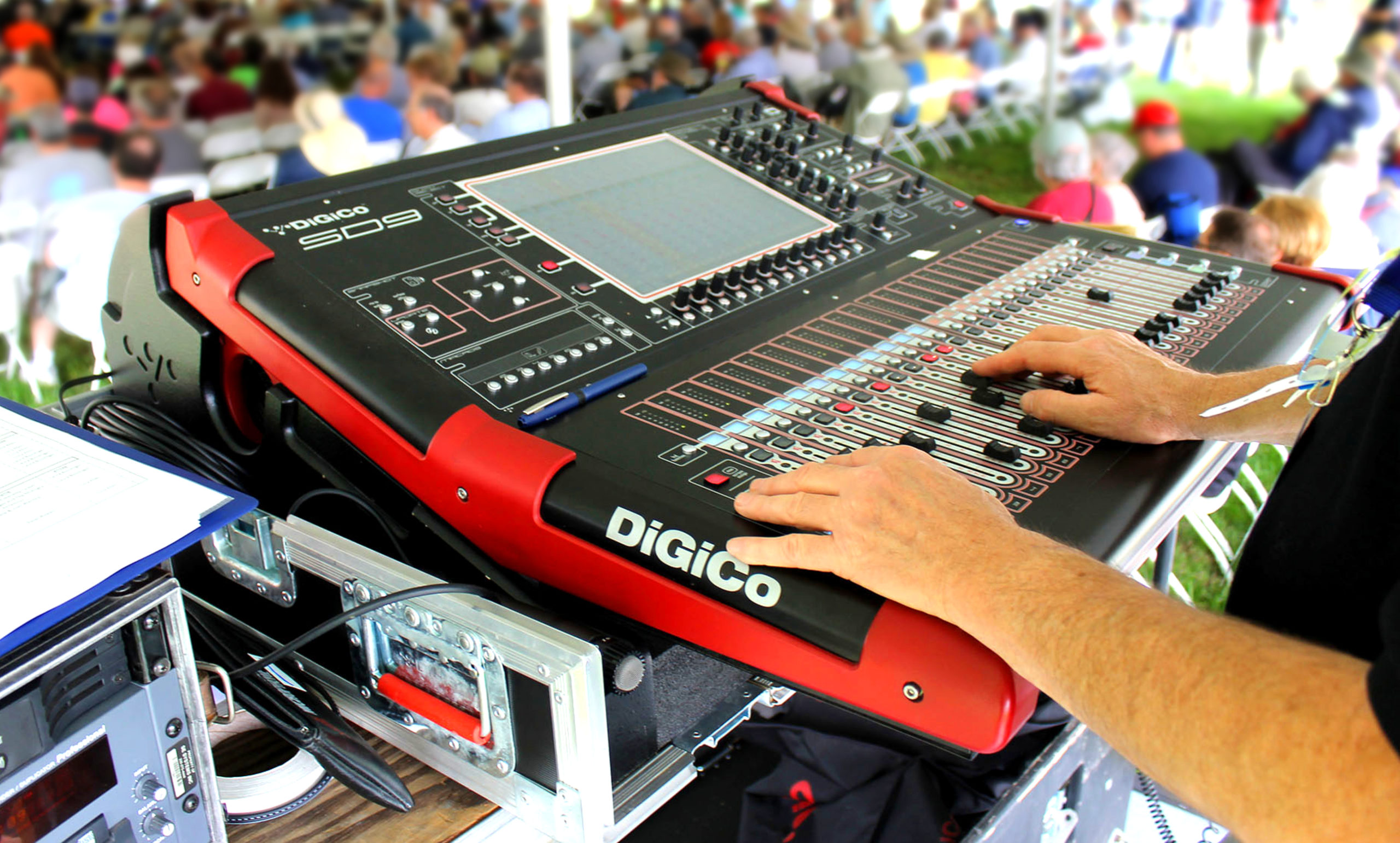
Compact options are still strong with consoles like the S21, SD9, and SD11 being favourites in small to medium venues and tours. The principle remains the same with the introduction of the SD Rack, with the added capabilities of running on MADI and not just fibre.
The Quantum series is still quite large and sees more FOH positions in arenas and festivals. The Quantum series also has its own version of the SD7, the Quantum 7 and smaller format versions like the 225.
DiGiCo’s commitment to pushing the boundaries in the event production industry has also brought about upgrades like the recent Stealth Core 2. This new processor expands the channel count, bussing, allows a better palette of effects and processing power.
It’s all in the name: the key to DiGiCo’s success has been the complete embrace of digital technology. As opposed to the studio, where ancient analog tech is fetishised, the live arena is a fluid, fast-moving industry where power, efficiency and simplicity of workflow are top priorities. This is a company that’s breaking into the future at speed, giving engineers more power than ever before.
For details on consoles and more, head to DiGiCo.
